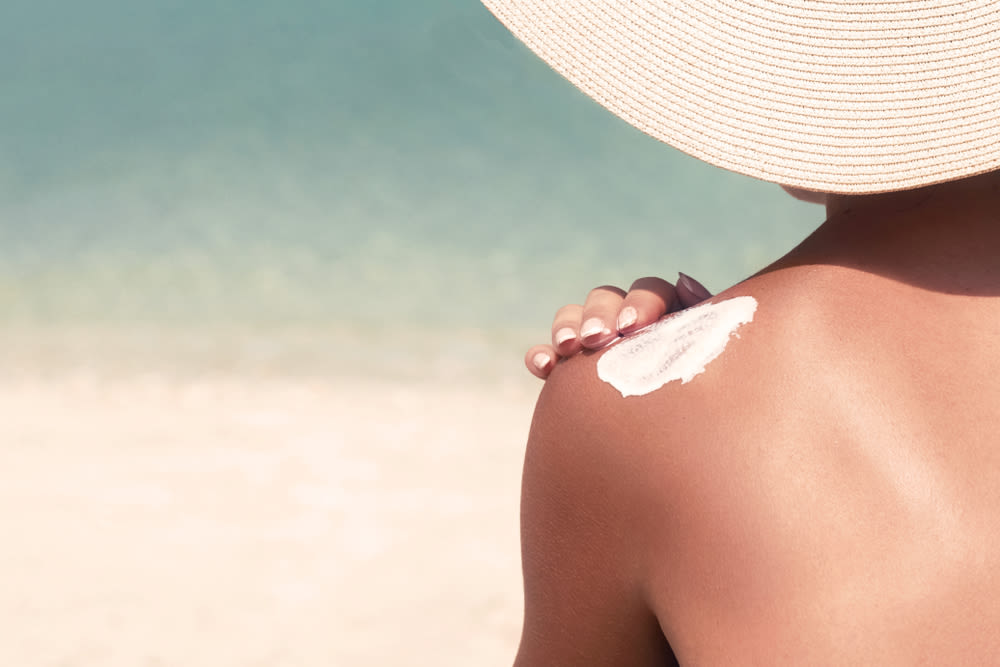May 26 Is National 'Don't Fry Day'—a Reminder to Take Care of Our Skin

May 26 is national "Don't Fry Day."
Image: Shutterstock
In honor of Memorial Day and the official start of swimsuit season, May 26 is national “Don’t Fry Day,” a reminder for all of us on the Suncoast and beyond to take care of our skin.
The easiest way to mitigate that risk is to stay out of the sun. But let’s face it, our local beaches are irresistible temptations for hours of sun exposure, so learn to protect yourself.
Sarasota dermatologist Megan Bogart gave us her three rules:
“Avoid the sun during peak hours: 10 a.m. to 2 p.m.”
This is the time of day when the damaging UV rays are the strongest. If you want to spend the day at the beach, take this time to grab a bite and hang out in one of the area’s beach pavilions, which include a number of historic and otherwise notable architectural marvels, or in the shady picnic areas under the Australian pines. If you must stay on the sand, invest in a sturdy beach umbrella, tent or other beach shelter.
“Wear sun-protective clothing.”
Covering up can still keep you cool. Consult any beach or boat shop for lightweight-but-effective UV-blocking garments. (Sarasota’s own Tri-Serena clothing was born from the founder’s experience with skin cancer.) And don’t forget your face, neck and ears, which see the sun virtually every day. Get yourself a brimmed hat and make a habit of wearing it.
“Apply sunscreen—it must be an SPF of 30 or higher, have broad-spectrum coverage and be water-resistant.”
And it’s not just enough to buy the right kind of sunscreen, says Bogart. You have to make sure you’re applying enough of it, and doing it correctly. “Sunscreen should be applied at least 15 minutes before sun exposure, because chemically based sunscreens require at least 15—but ideally 30—minutes after application to be absorbed into the skin to be effective.” And don’t skimp: “Most adults need about a tablespoon of sunscreen for their face and a golf ball-size amount for the rest of their body,” she says.
Plus, the latest thinking on environmentally safe sunscreens
Many people have recently raised environmental concerns centering on the potential negative effects of sunscreens on the health of sea life, especially coral reefs. Some doctors have pointed out that these concerns stem from studies done in laboratory conditions, which may over-emphasize those negative effects.
Still, for those concerned about being responsible both environmentally and dermatologically, Bogart says, “There are two types of sunscreen: Chemical sunscreens work like a sponge, absorbing the sun’s rays. Physical sunscreens act like a shield, deflecting them. Sunscreen ingredients enter the water through swimming, plumbing and industrial waste. There’s some evidence that chemical sunscreen ingredients like oxybenzone could have an adverse effect on the environment—specifically, it’s been associated with bleaching of coral reefs in laboratory settings. It’s believed that there are many factors behind the bleaching of the reefs, and more research is still necessary, but that concern has led to the banning of sunscreens with oxybenzone and octinoxate in Hawaii. If you’re concerned about these potential environmental effects, I recommend a physical sunscreen containing zinc oxide or titanium dioxide as active ingredients.”



